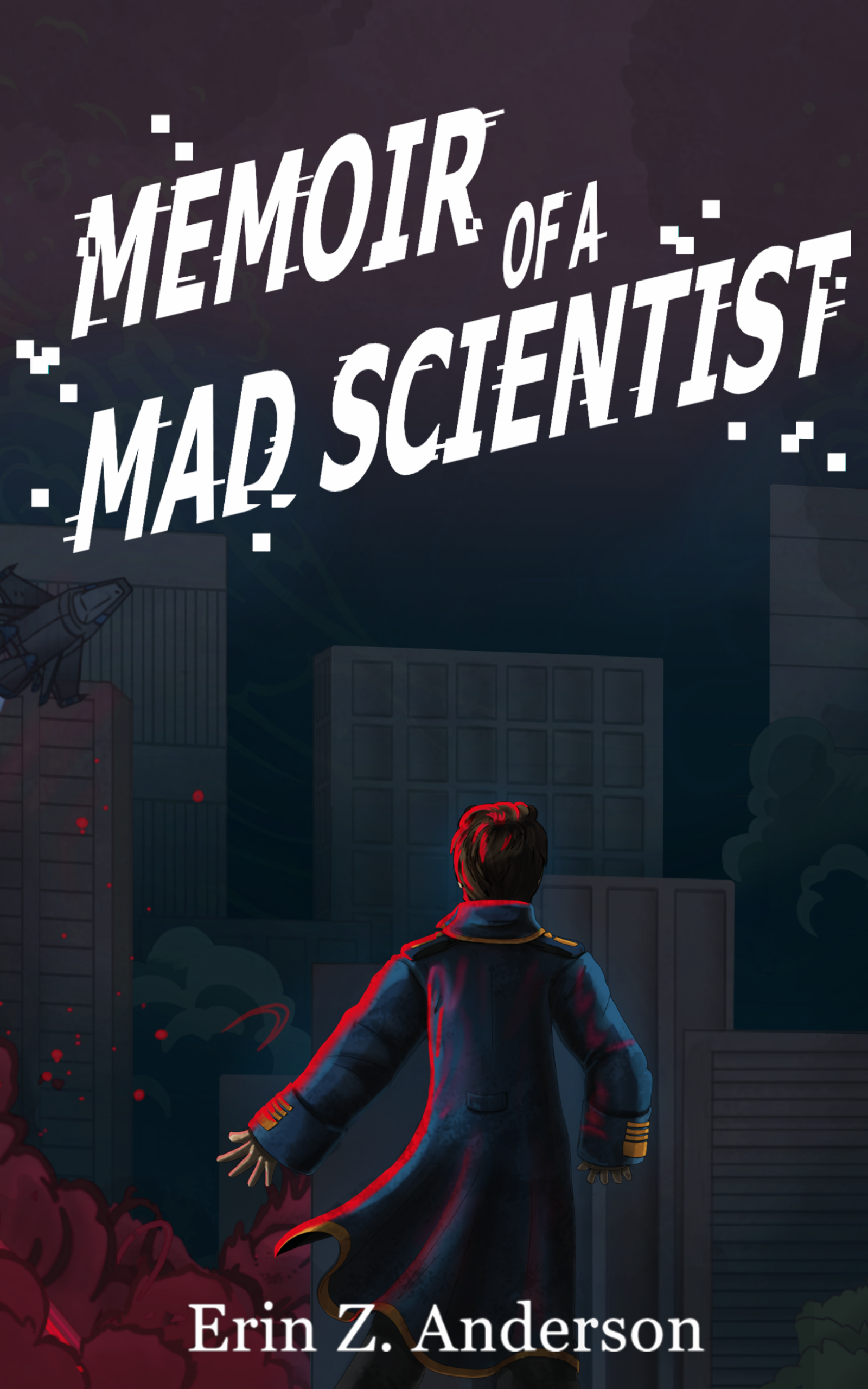Today, April 23rd, is a day dedicated to celebrating the literary works of William Shakespeare! One of Lifeology’s community members, Claire Price, brought this to my attention a couple of weeks ago, and she had a perfect spin to put on the subject. Continue reading to learn more about the relationship between science and Shakespeare!

When you think of Shakespeare, you may think of the wonderful plays and sonnets, ranging from comedies to tragedies. You may feel dread remembering an English class of the past. Or you may even be wondering who William Shakespeare really was. The Bard really has been involved in many conspiracy theories surrounding his identity. But when you think of Shakespeare, do you think of science? Well to celebrate Shakespeare Day (April 23rd), we are going to dive deeper into a couple examples of the science in Shakespeare’s work.
Hamlet
Hamlet or to use the full name, The Tragedy of Hamlet, Prince of Denmark, is The Bard’s longest play. It’s a tragedy that sets both family and country into turmoil. Set in Denmark, Prince Hamlet takes revenge on his uncle who has killed Hamlet’s father, the King, in order to seize the throne and Hamlet’s mother! But where does the science come in? Well, that takes the form of poison!
Hamlet discovered that his father hadn’t died of natural causes in his sleep, but by being poisoned – a poison administered in the ear.
‘Upon my secure hour thy uncle stole; With juice of cursed hebenon in a vial; And in the porches of my ears did pour.’
Would a poisoning in the ear work? The administration may be tricky because the uncle would need to get close enough to do it without waking the King. Would that be possible? Some say yes because the King likely would have been in a deep sleep based on the time and what he had eaten.
What about the poison used? Hebenon. This poison doesn’t actually exist, so this has had academics pondering on what it could be! One of the initial ideas was hemlock. Hemlock (Conium maculatum L.) is a white flowering plant that tends to grow in clusters and can be deadly! All parts of the plant contain toxic alkaloids, which even in small doses are deadly because they can cause problems with nerve signals to the muscles leading to eventual respiratory failure and death. However, this idea was thrown out because Shakespeare has used the word “hemlock” in other works; if this was the poison used, he probably would have said so.
Other ideas put forward have included nightshade, yew, ebony, and henbane. In fact, it is believed that “hebenon” may be an incorrect spelling of “henbane.” Henbane (Hyoscyamus niger) is a poisonous plant, native to the United Kingdom. In low doses, Henbane isn’t particularly poisonous. In fact, the leaves and stems are often brewed to make tea or beer. A common side effect of henbane in these forms is actually hallucinations. However, overdoses of the plant (like what could have happened to King Hamlet had the poison used been a distillation of many henbane plants) include respiratory failure and ultimately death. So, henbane is a good candidate for the cause of the death of King Hamlet.
Midsummer Night’s Dream
Midsummer Night’s Dream is one of Shakespeare’s comedies (and love stories) and, to many, his foray into science fiction. The play is set in Athens and consists of a number of sub-stories that centre around the marriage of Theseus and Hippolyta. The fairies play a role in the love story, even to the point of administering love potions. This love potion is derived of the “love-in-idleness” flower – which we would call the wild pansy (Viola tricolor).
The wild pansy contains cyclotides, which are small disulfide-rich peptides, and the ones found in pansies are cytotoxic (i.e. toxic to cells). Because of their cytoxic properties, the flower may be used to treat cancer. Extracts from these flowers are also anti-microbial. You are probably thinking this doesn’t sound very love-inducing.
Well, one cyclotide that has been identified in Violaceae (violet) families is Kalata B1. Kalata B1 has been compared to oxytocin, which is commonly referred to as the “love hormone” because oxytocin release can foster feelings of love or affection in humans. So, maybe the fairies knew what they were doing after all!
These are only two examples of science in the works of Shakespeare. There are many other examples too – psychiatric problems in Hamlet and Macbeth and the sedation and poisoning in Romeo and Juliet (and not to forget the links to astronomy!). So, the next time you think of Shakespeare, or read his work, remember there are many scientific principles hidden in the pages!

About Claire Price:
Shwmae! I’m a postdoctoral researcher at the Centre for Cytochrome P450 Biodiversity at Swansea University Medical school (Wales, UK). I love all things protein and am currently blurring the lines between art and science by creating (sometimes abstract) protein art with my plotter!





